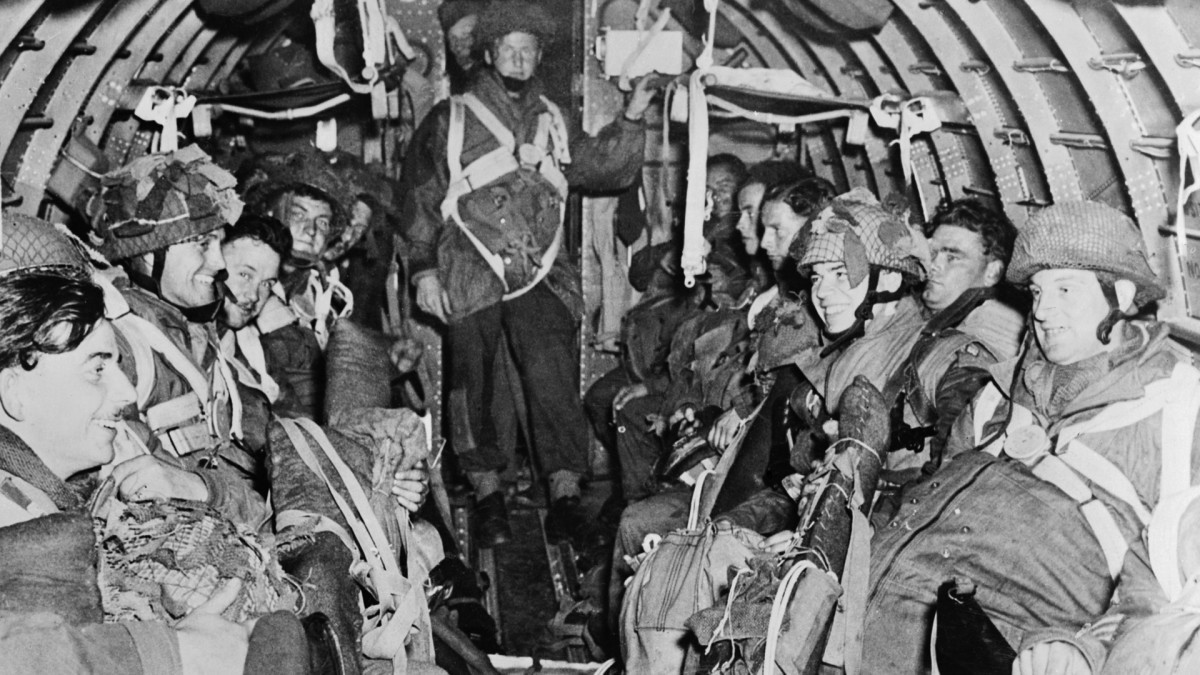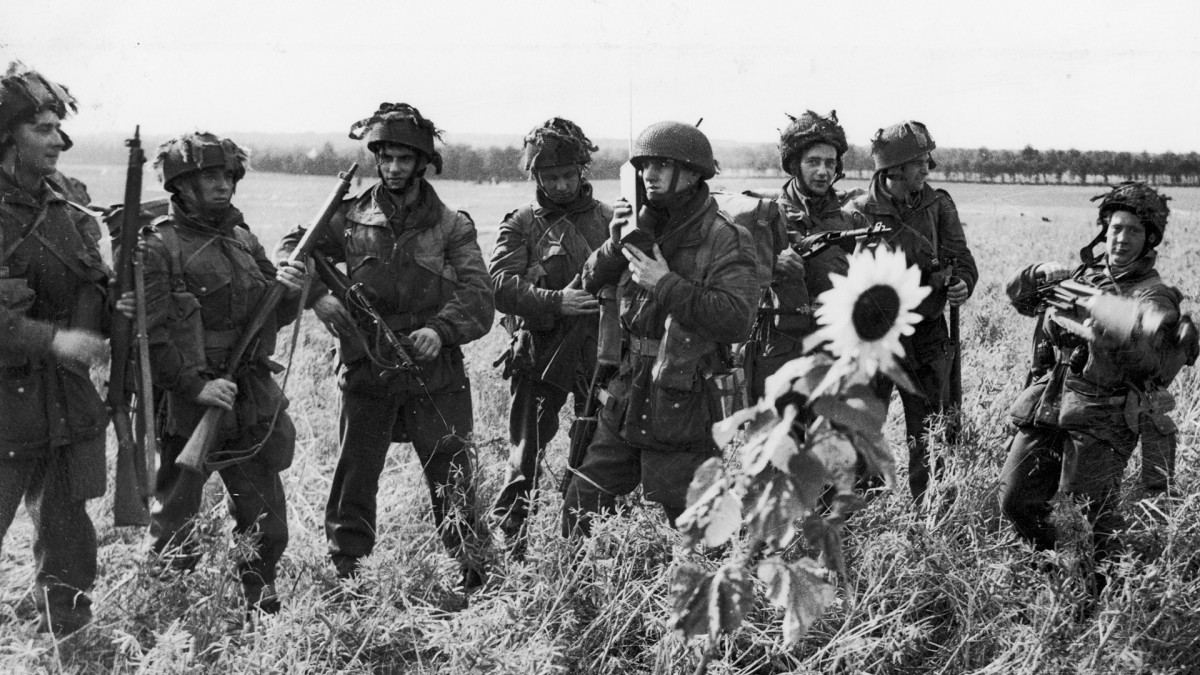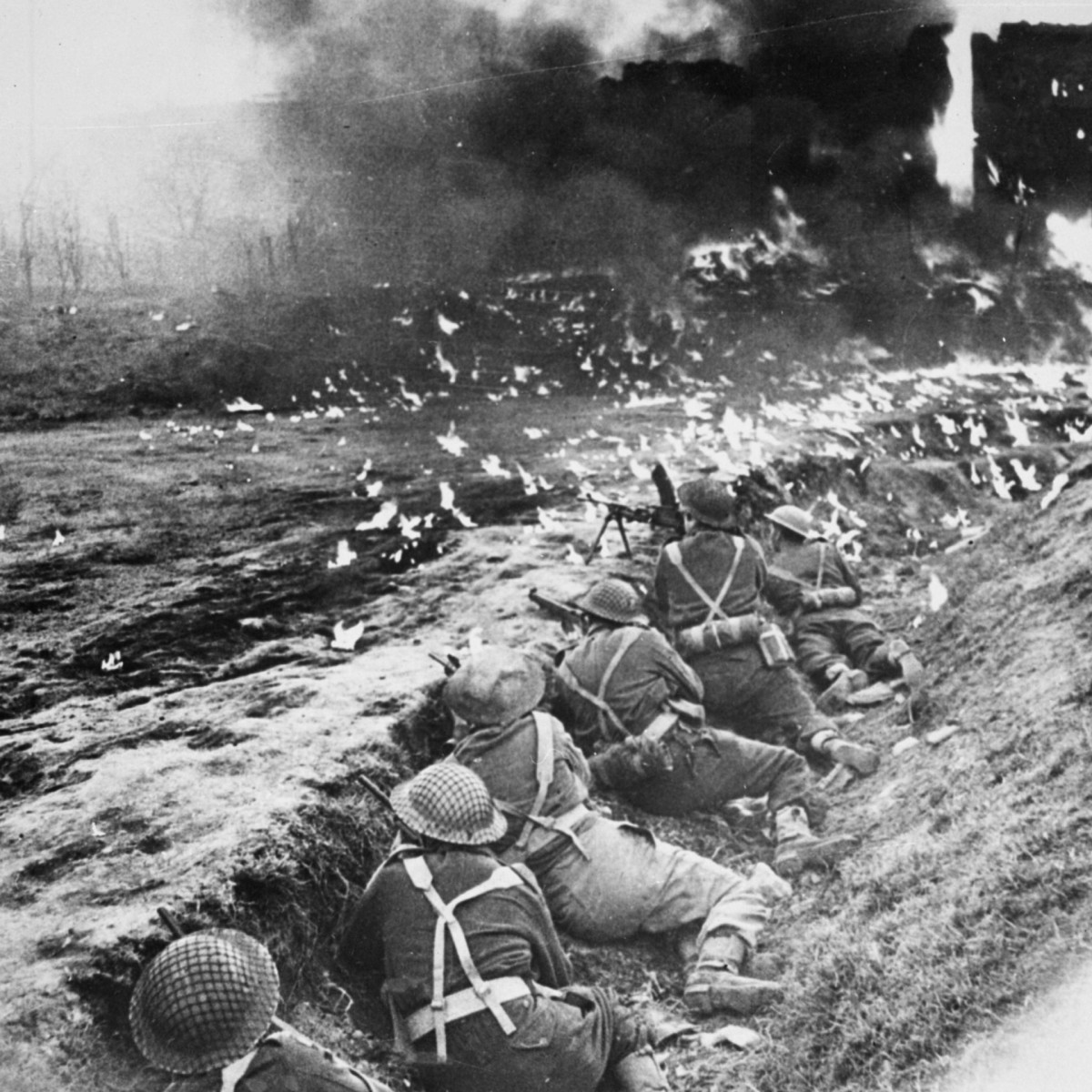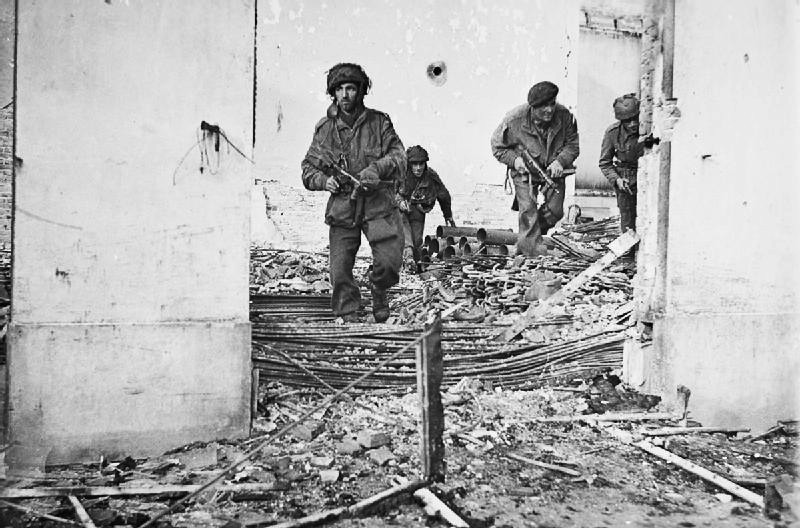2 of 31:
On 17 September 1944, with approval granted by General Eisenhower, the Supreme Commander of Allied Forces in Europe, OPERATION MARKET GARDEN commenced.
On 17 September 1944, with approval granted by General Eisenhower, the Supreme Commander of Allied Forces in Europe, OPERATION MARKET GARDEN commenced.
3 of 31:
The weather was clear. It was a perfect day for a jump. We should note, however, that jumping in daylight and landing so far from the objectives took away the element of surprise that would ideally benefit airborne operations. https://www.youtube.com/watch?v=nJJzOTzqml4">https://www.youtube.com/watch...
The weather was clear. It was a perfect day for a jump. We should note, however, that jumping in daylight and landing so far from the objectives took away the element of surprise that would ideally benefit airborne operations. https://www.youtube.com/watch?v=nJJzOTzqml4">https://www.youtube.com/watch...
4 of 31:
Carrying the First Allied Airborne Army, more than 1500 C-47 transport aircraft took off from 24 different airfields across England, together with 478 gliders and 1130 fighter escort planes.
Carrying the First Allied Airborne Army, more than 1500 C-47 transport aircraft took off from 24 different airfields across England, together with 478 gliders and 1130 fighter escort planes.
5 of 31:
The London Daily Express would describe the sight: “Thousands of people on England’s coast… saw the great glider armada streaming out to sea toward Holland.”
The London Daily Express would describe the sight: “Thousands of people on England’s coast… saw the great glider armada streaming out to sea toward Holland.”
6 of 31:
“For an hour and a half, from 11am to 12:30pm, the fleet filled the skies. So great was the roar that no one on the coast could use the telephone until the planes had passed.”
“For an hour and a half, from 11am to 12:30pm, the fleet filled the skies. So great was the roar that no one on the coast could use the telephone until the planes had passed.”
7 of 31:
Destined for a series of Drop Zones (DZs) and Landing Zones (LZs) in the Netherlands, Allied forces readied themselves for one of the most ambitious operations of all time.
Destined for a series of Drop Zones (DZs) and Landing Zones (LZs) in the Netherlands, Allied forces readied themselves for one of the most ambitious operations of all time.
8 of 31:
General Gavin, recently promoted to Major General (37 years old at the time) and given command of the 82d Airborne Division, would later write of this experience:
General Gavin, recently promoted to Major General (37 years old at the time) and given command of the 82d Airborne Division, would later write of this experience:
9 of 31:
“As far as one could see, the sky was filled with planes and gliders, and as we neared the coast of Europe, we could see the fighter-bombers flying back and forth over the land beneath us, looking for antiaircraft guns and enemy weapons to knock out.”
“As far as one could see, the sky was filled with planes and gliders, and as we neared the coast of Europe, we could see the fighter-bombers flying back and forth over the land beneath us, looking for antiaircraft guns and enemy weapons to knock out.”
10 of 31:
“Everything that I had memorized was coming into sight. The triangular patch of woods near where I was to jump appeared under us just as the jump light went on.”
“Everything that I had memorized was coming into sight. The triangular patch of woods near where I was to jump appeared under us just as the jump light went on.”
11 of 31:
Pathfinders with the 82d Airborne jumped around 12:45pm into DZ O, a Drop Zone near the town of Overasselt.
Pathfinders with the 82d Airborne jumped around 12:45pm into DZ O, a Drop Zone near the town of Overasselt.
12 of 31:
Not long after the Pathfinders, other units began jumping as their C-47s approached their designated DZs, while gliders were released to land in their designated LZs.
Not long after the Pathfinders, other units began jumping as their C-47s approached their designated DZs, while gliders were released to land in their designated LZs.
13 of 31:
To the south, elements of the 101st Airborne jumped near Eindhoven. They would be the first to encounter the ground forces as the Garden portion of the operation commenced.
To the south, elements of the 101st Airborne jumped near Eindhoven. They would be the first to encounter the ground forces as the Garden portion of the operation commenced.
14 of 31:
To the north, the British 1st Airborne Division landed near Arnhem, tasked with the most difficult aspects of the entire operation.
To the north, the British 1st Airborne Division landed near Arnhem, tasked with the most difficult aspects of the entire operation.
15 of 31:
The 101st Airborne units were given 4 DZs and 1 LZ for gliders. Their task was to capture 4 bridges over the Dommel River, capture the Wilhelmina Canal bridge at Son, and move toward Eindhoven.
The 101st Airborne units were given 4 DZs and 1 LZ for gliders. Their task was to capture 4 bridges over the Dommel River, capture the Wilhelmina Canal bridge at Son, and move toward Eindhoven.
16 of 31:
By the end of the first day, 4 bridges were captured, but the 101st did not get the Son bridge or advance to Eindhoven.
By the end of the first day, 4 bridges were captured, but the 101st did not get the Son bridge or advance to Eindhoven.
17 of 31:
The 82d Airborne units were assigned 3 DZs, which they were to secure and defend once on the ground, as well as secure 2 LZs for gliders coming in subsequent waves.
The 82d Airborne units were assigned 3 DZs, which they were to secure and defend once on the ground, as well as secure 2 LZs for gliders coming in subsequent waves.
18 of 31:
The 82d Airborne were also tasked with securing 6 miles of terrain, which included the Groesbeek Heights and two DZ/LZ sites, while simultaneously securing at least one bridge over the Maas-Waal Canal, the bridge at Grave, and the bridge at Nijmegen. Easy day, right?
The 82d Airborne were also tasked with securing 6 miles of terrain, which included the Groesbeek Heights and two DZ/LZ sites, while simultaneously securing at least one bridge over the Maas-Waal Canal, the bridge at Grave, and the bridge at Nijmegen. Easy day, right?
19 of 31:
Gavin noted that “Early indications were that the drop had been unusually successful. Unit after unit reported in on schedule and with few exceptions all were in their preplanned locations.”
Gavin noted that “Early indications were that the drop had been unusually successful. Unit after unit reported in on schedule and with few exceptions all were in their preplanned locations.”
20 of 31:
Within 2 hours of landing, the 504th Parachute Infantry Regiment had secured the bridge at Grave. The southernmost bridge at Molenhoek was captured as well.
Within 2 hours of landing, the 504th Parachute Infantry Regiment had secured the bridge at Grave. The southernmost bridge at Molenhoek was captured as well.
21 of 31:
One of the largest of the bridges assigned to the 82d Airborne was the Waal Bridge. It was also important to capture at least one bridge intact over the Maas-Waal Canal.
One of the largest of the bridges assigned to the 82d Airborne was the Waal Bridge. It was also important to capture at least one bridge intact over the Maas-Waal Canal.
22 of 31:
As the 82d Airborne units approached the middle bridges on their list, it’s believed they arrived in time to see the Germans blow the bridges and retreat.
As the 82d Airborne units approached the middle bridges on their list, it’s believed they arrived in time to see the Germans blow the bridges and retreat.
23 of 31:
Unfortunately, the Germans blew portions of a railroad bridge running parallel to the Honinghutje bridge, which didn’t destroy the target bridge but did weaken it to the point it would not safely support tanks. This made the bridge captured at Molenhoek more valuable.
Unfortunately, the Germans blew portions of a railroad bridge running parallel to the Honinghutje bridge, which didn’t destroy the target bridge but did weaken it to the point it would not safely support tanks. This made the bridge captured at Molenhoek more valuable.
24 of 31:
Nijmegen was attempted but the Germans managed to keep it from Allied control on the first day. It had been wired with explosives, but luckily British engineers managed to locate and disable the explosives (several days later) before the Germans could blow the bridge.
Nijmegen was attempted but the Germans managed to keep it from Allied control on the first day. It had been wired with explosives, but luckily British engineers managed to locate and disable the explosives (several days later) before the Germans could blow the bridge.
25 of 31:
British 30 Corps preceded its advance with an artillery barrage, while the Irish Guards advanced toward the nearest Airborne units – the 101st at Eindhoven.
British 30 Corps preceded its advance with an artillery barrage, while the Irish Guards advanced toward the nearest Airborne units – the 101st at Eindhoven.
26 of 31:
Armored units were restricted to relatively narrow roads for travel, which made them somewhat easy targets for German troops massing in the area.
Armored units were restricted to relatively narrow roads for travel, which made them somewhat easy targets for German troops massing in the area.
27 of 31:
They were subjected to ambushes and antitank weapons, forcing the British to pretty much fight one ambush at a time as they traveled since they couldn’t easily go around. This and the lost bridges set them behind schedule for the operation.
They were subjected to ambushes and antitank weapons, forcing the British to pretty much fight one ambush at a time as they traveled since they couldn’t easily go around. This and the lost bridges set them behind schedule for the operation.
28 of 31:
By the end of the 17th, the British 30 Corps and the Irish Guards had only made it about 7 miles, slightly more than half the distance they had been expected to cover on the first day.
By the end of the 17th, the British 30 Corps and the Irish Guards had only made it about 7 miles, slightly more than half the distance they had been expected to cover on the first day.
29 of 31:
This delay meant that the ground forces might not reach Arnhem in time, their farthest destination in the operation.
This delay meant that the ground forces might not reach Arnhem in time, their farthest destination in the operation.
30 of 31:
The https://abs.twimg.com/emoji/v2/... draggable="false" alt="🇬🇧" title="Flagge des Vereinigten Königreiches" aria-label="Emoji: Flagge des Vereinigten Königreiches"> 1st Airborne Division elements near Arnhem faced almost immediate opposition upon landing. Jumping in broad daylight and losing the element of surprise was only half the problem – 2 SS Panzer Divisions were in the Arnhem area before the operation even commenced.
https://abs.twimg.com/emoji/v2/... draggable="false" alt="🇬🇧" title="Flagge des Vereinigten Königreiches" aria-label="Emoji: Flagge des Vereinigten Königreiches"> 1st Airborne Division elements near Arnhem faced almost immediate opposition upon landing. Jumping in broad daylight and losing the element of surprise was only half the problem – 2 SS Panzer Divisions were in the Arnhem area before the operation even commenced.
The

 Read on Twitter
Read on Twitter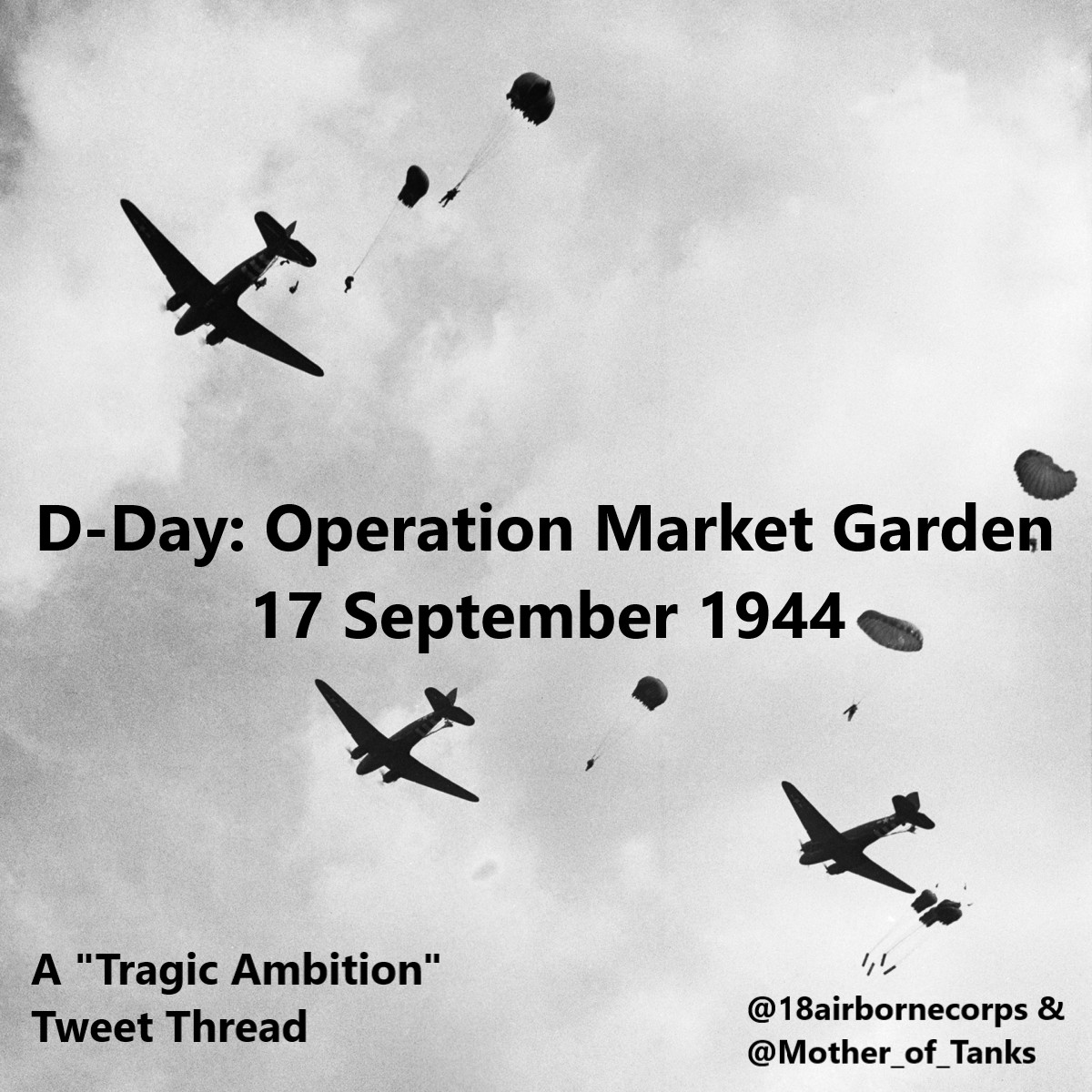
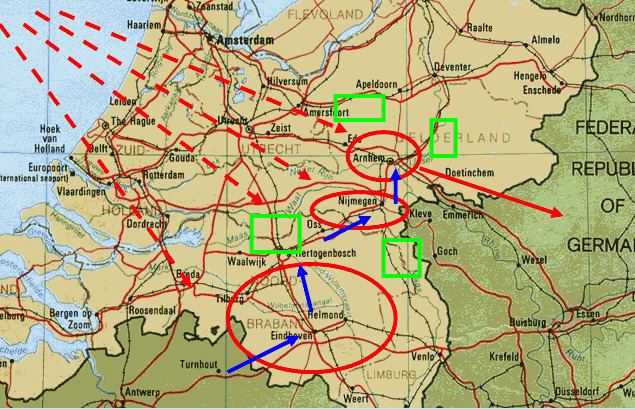
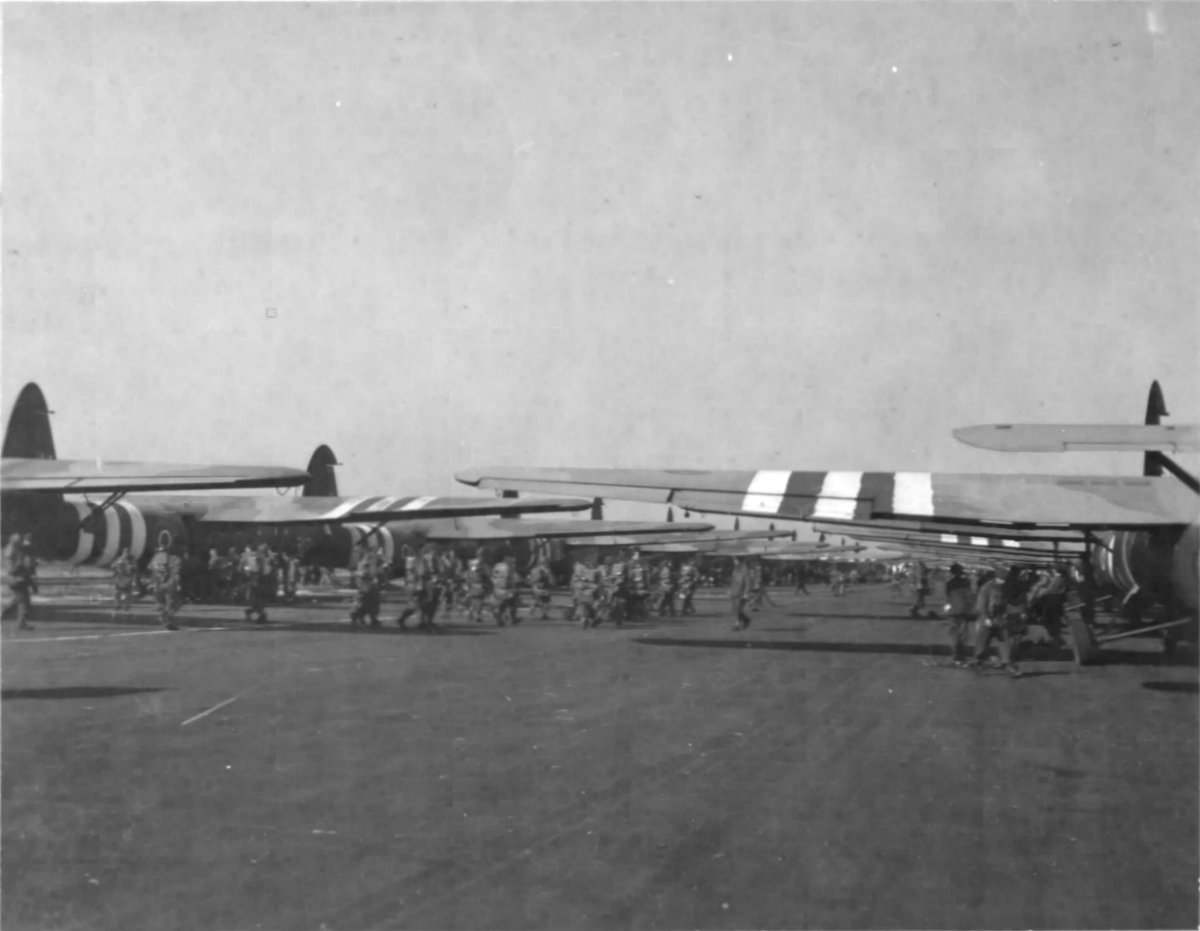
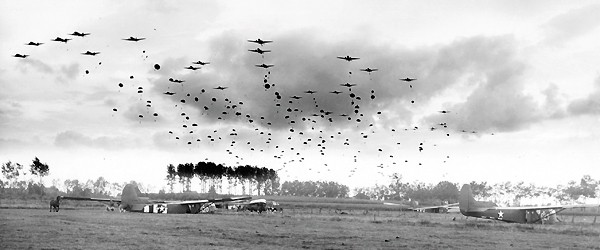
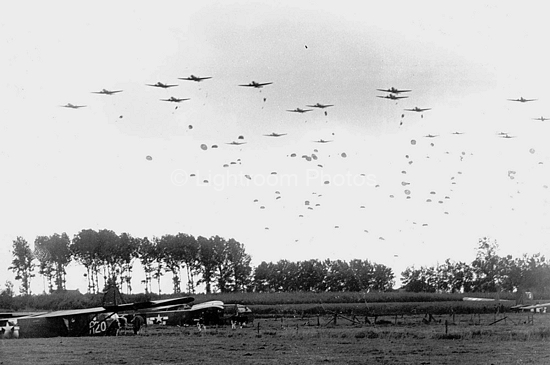
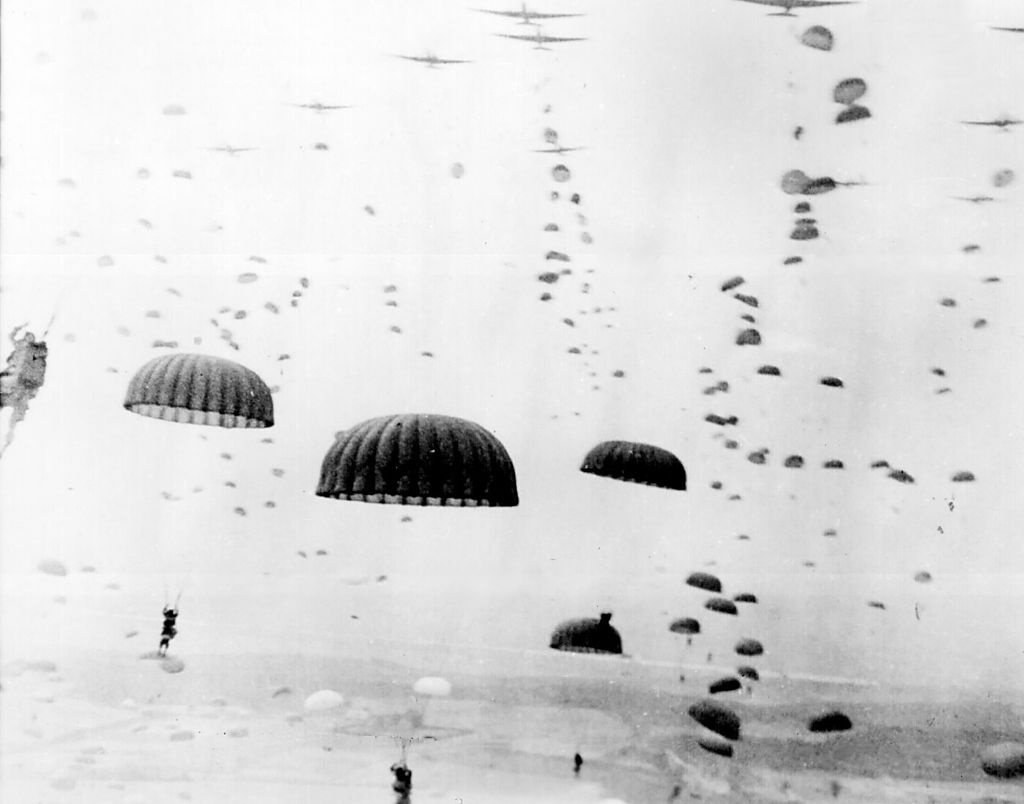

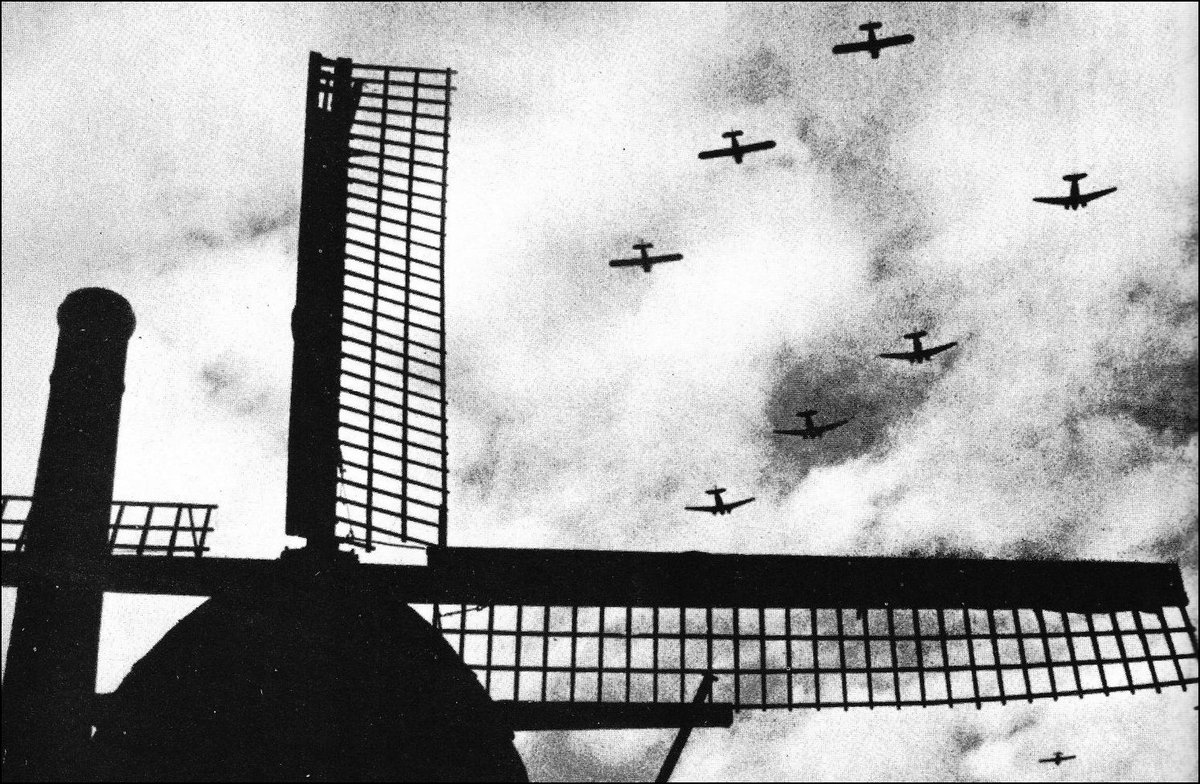
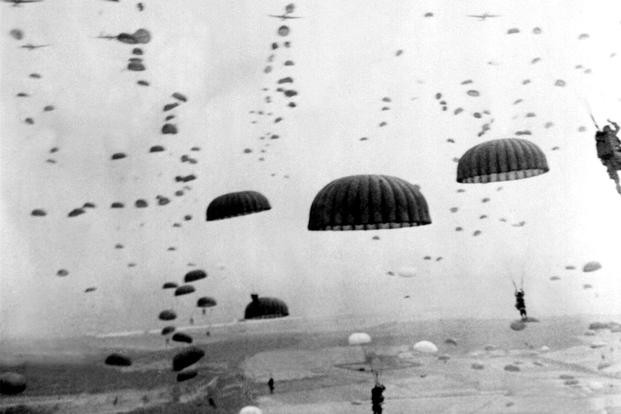
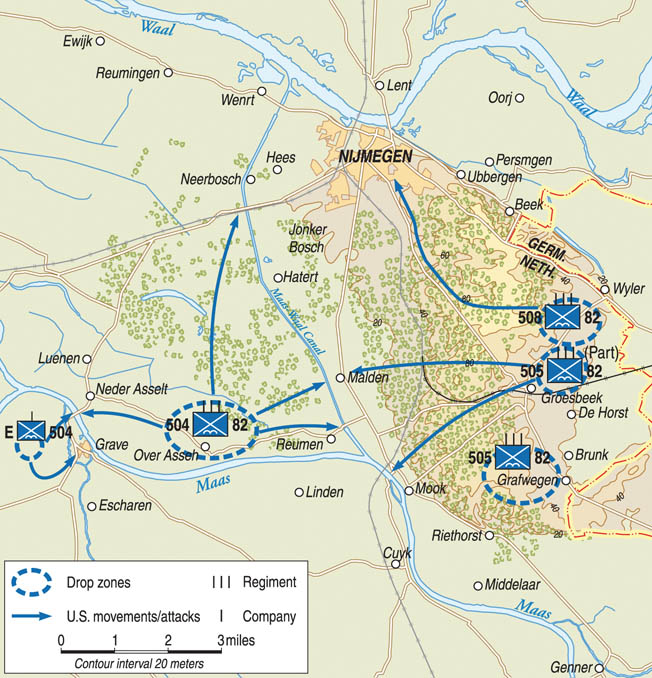

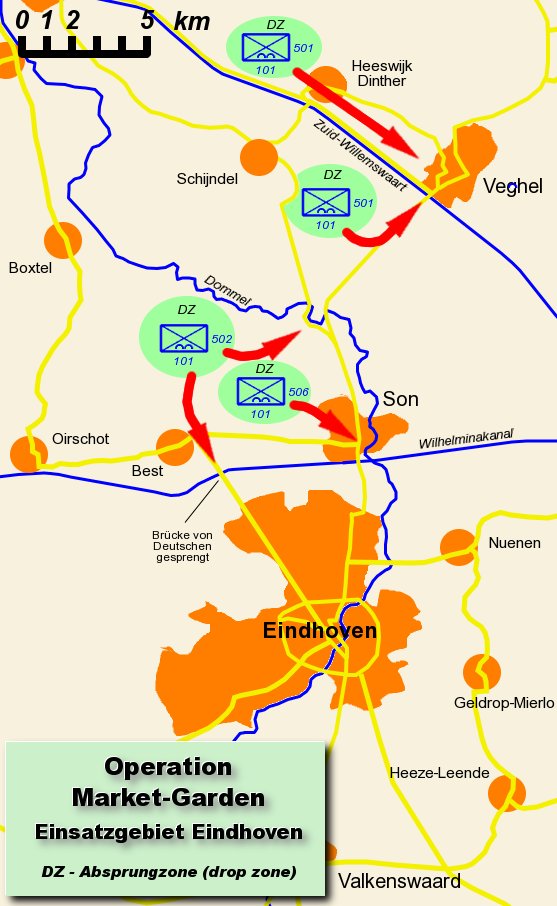
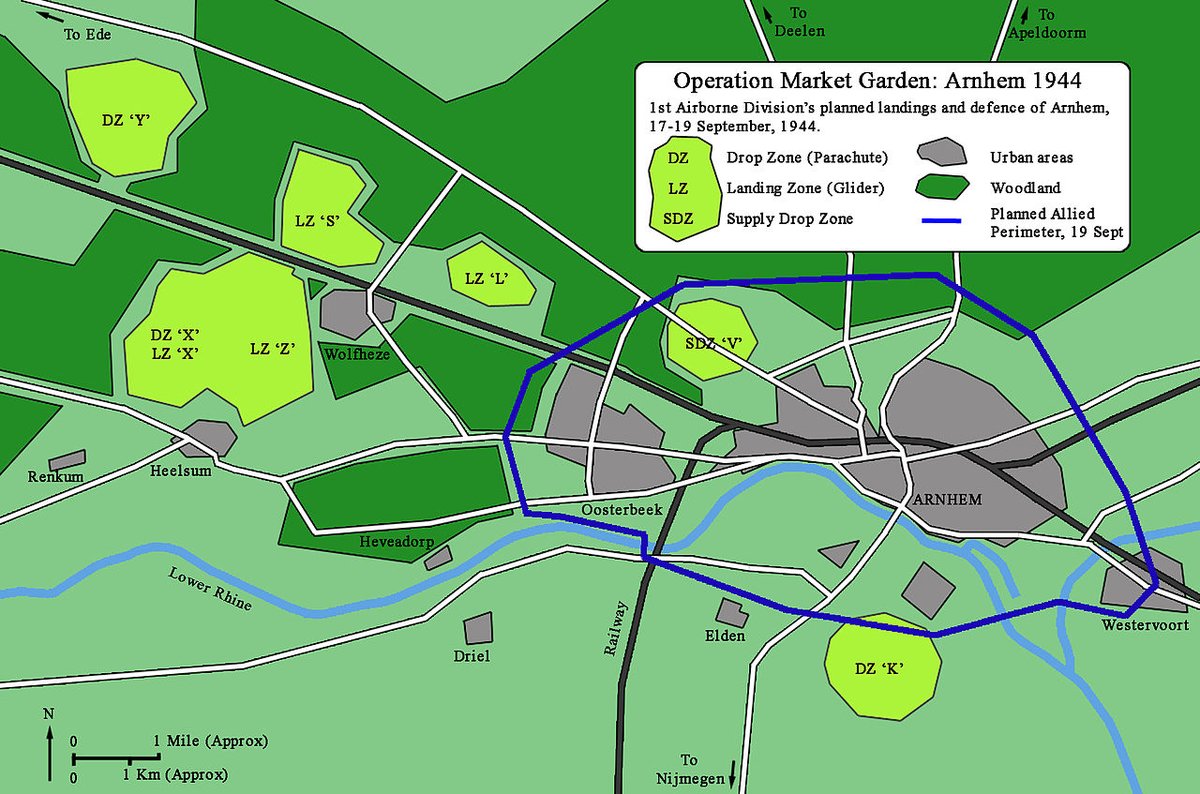
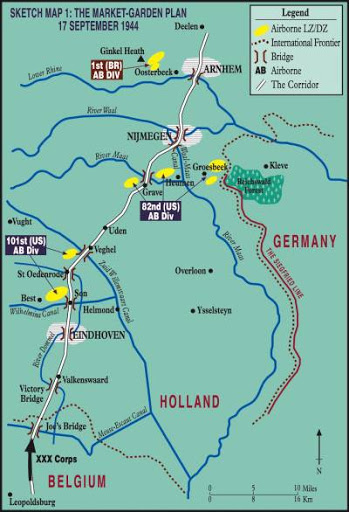

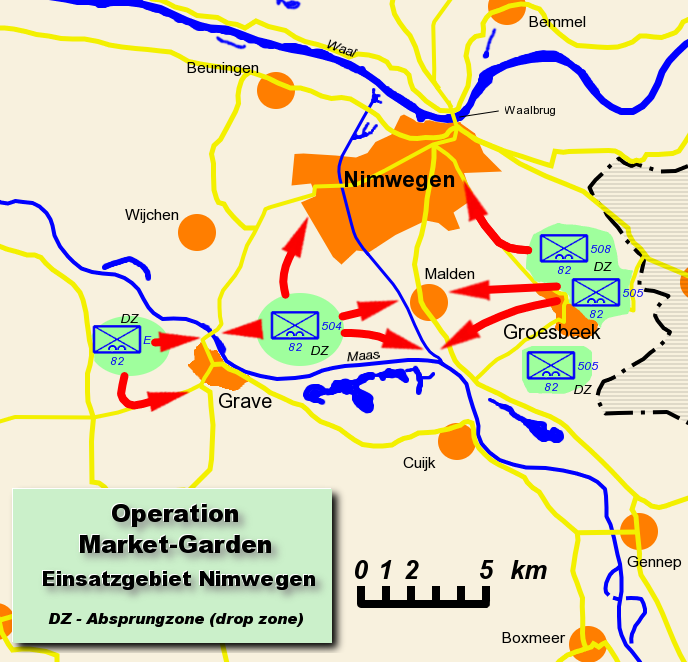
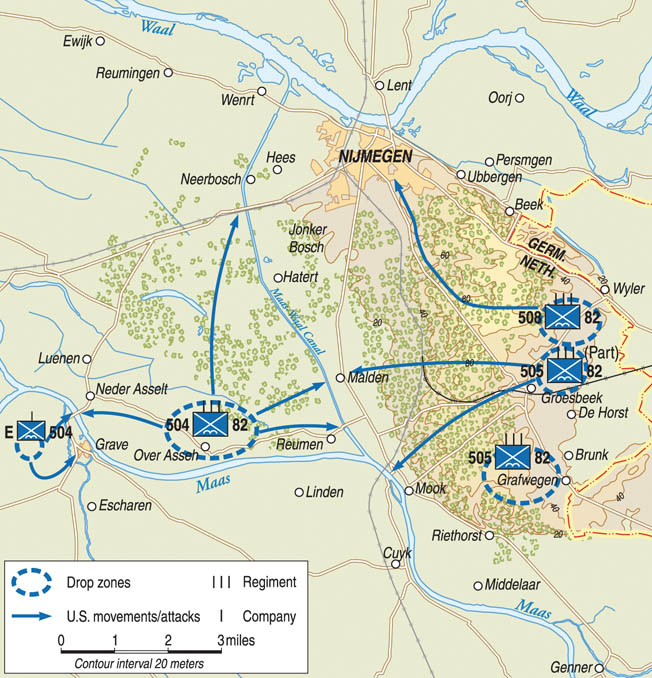






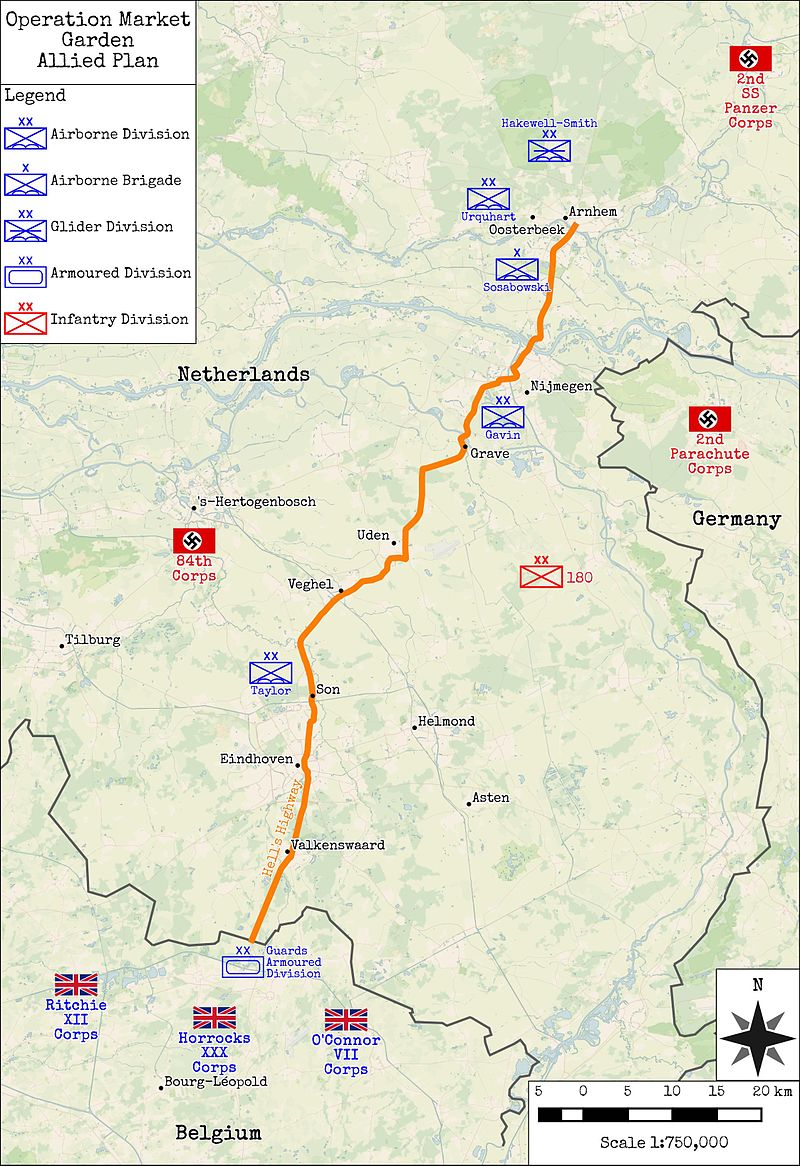
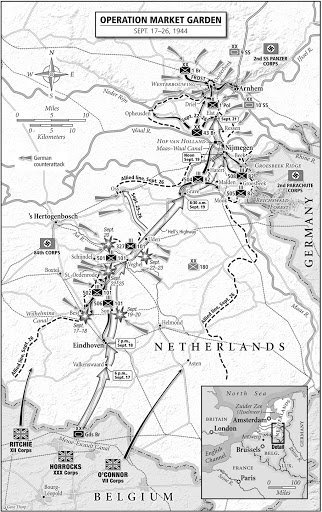
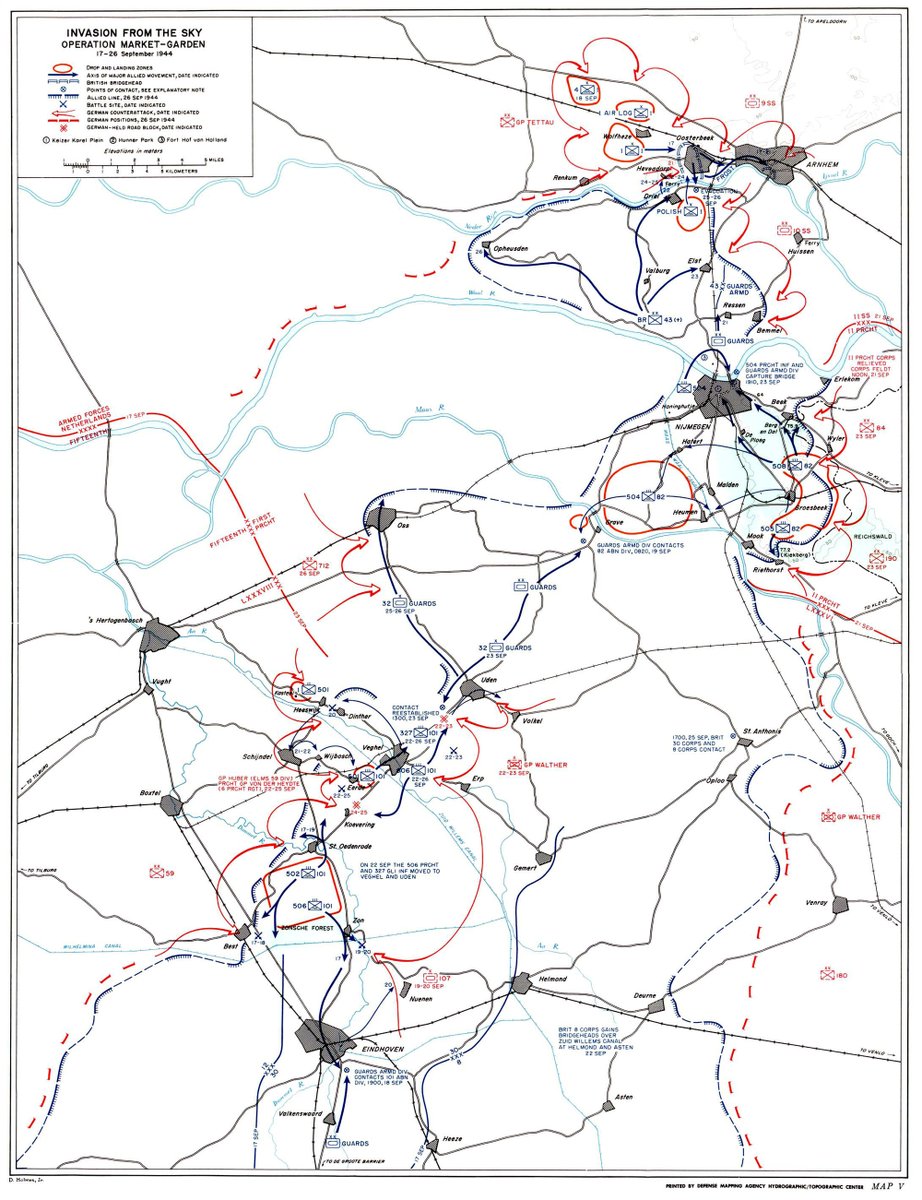
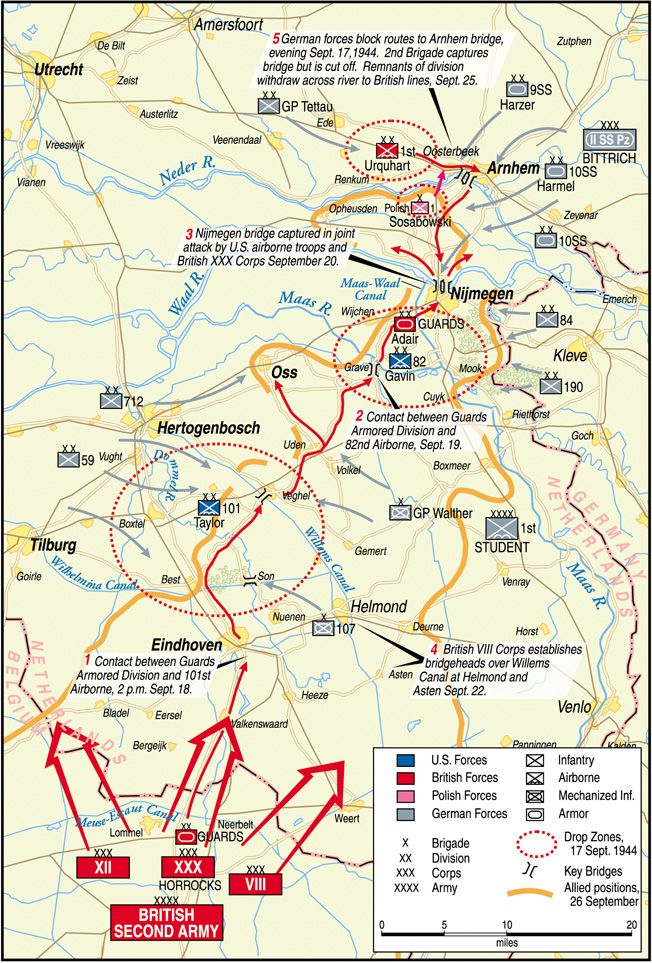
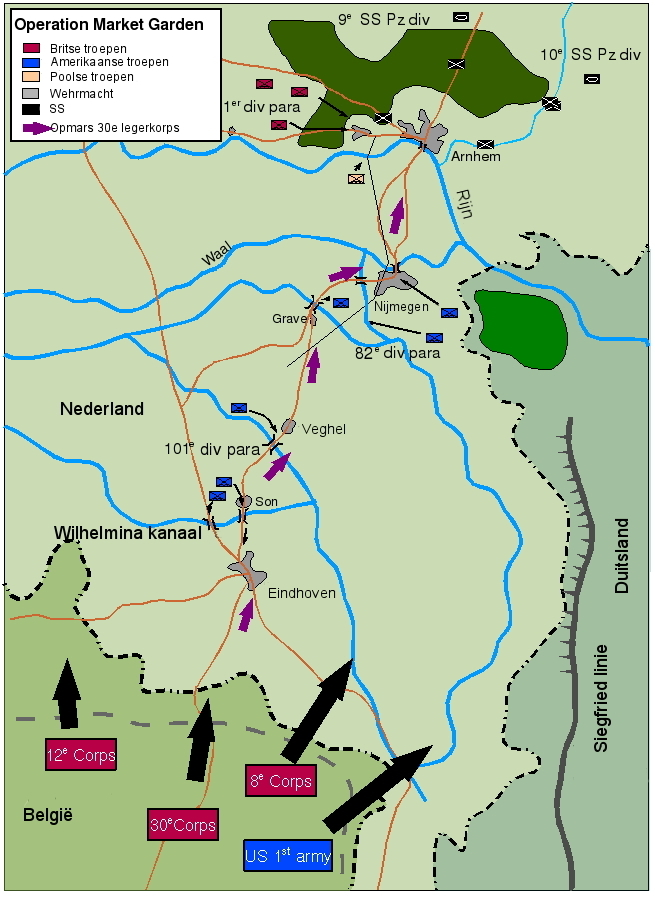
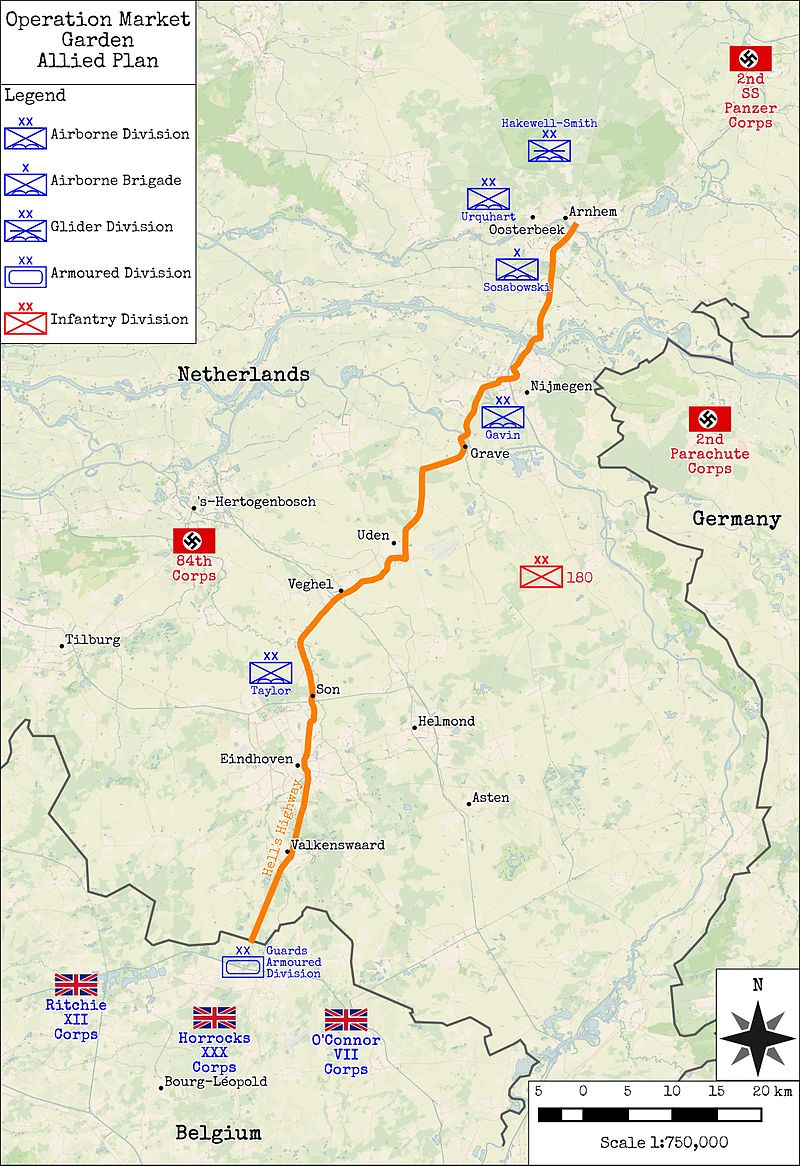 1st Airborne Division elements near Arnhem faced almost immediate opposition upon landing. Jumping in broad daylight and losing the element of surprise was only half the problem – 2 SS Panzer Divisions were in the Arnhem area before the operation even commenced." title="30 of 31:The https://abs.twimg.com/emoji/v2/... draggable="false" alt="🇬🇧" title="Flagge des Vereinigten Königreiches" aria-label="Emoji: Flagge des Vereinigten Königreiches"> 1st Airborne Division elements near Arnhem faced almost immediate opposition upon landing. Jumping in broad daylight and losing the element of surprise was only half the problem – 2 SS Panzer Divisions were in the Arnhem area before the operation even commenced." class="img-responsive" style="max-width:100%;"/>
1st Airborne Division elements near Arnhem faced almost immediate opposition upon landing. Jumping in broad daylight and losing the element of surprise was only half the problem – 2 SS Panzer Divisions were in the Arnhem area before the operation even commenced." title="30 of 31:The https://abs.twimg.com/emoji/v2/... draggable="false" alt="🇬🇧" title="Flagge des Vereinigten Königreiches" aria-label="Emoji: Flagge des Vereinigten Königreiches"> 1st Airborne Division elements near Arnhem faced almost immediate opposition upon landing. Jumping in broad daylight and losing the element of surprise was only half the problem – 2 SS Panzer Divisions were in the Arnhem area before the operation even commenced." class="img-responsive" style="max-width:100%;"/>
